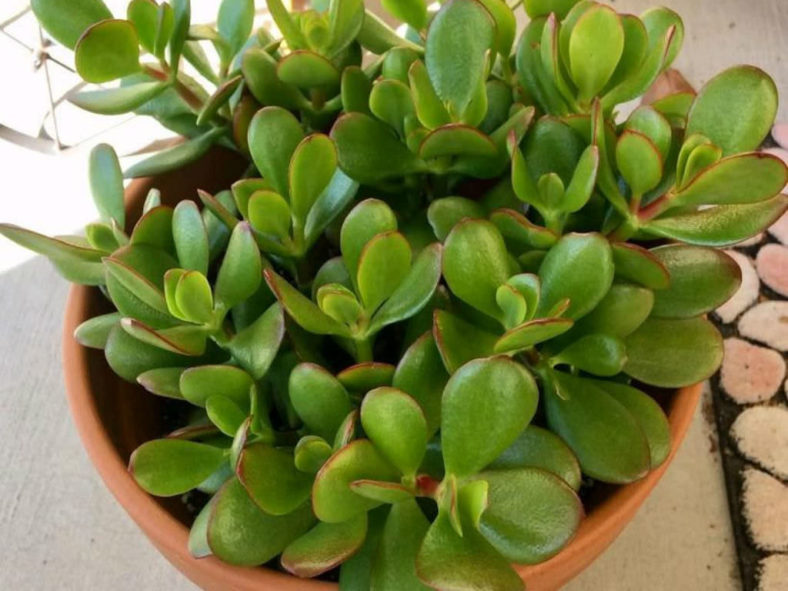Crassula ovata, commonly known as Jade Plant, is one of the most common houseplants. With their thick, woody stems and oval-shaped leaves, Jade Plants have a miniature, tree-like appearance that makes them very appealing for decorative houseplants. In addition, they live for a very long time, often passed down from generation to generation, and can reach heights of 3 feet (90 cm) or more when grown indoors.
As your Jade Plant grows, it will naturally drop older leaves. However, an increase in the leaf loss rate may indicate a problem. You may need to adjust your watering schedule and inspect your plant for pests to correct the issue. Low light and cold temperatures may also be to blame.
Overwatering
Jade Plants do not like wet feet and are vulnerable to root rot. Never leave the pot of your plant in standing water. Check the soil to see if its leaves turn yellow and start to drop off. If the soil is damp or soggy, withhold water until it dries out completely. Remove the plant from its pot and gently wash away the soil from the roots if you notice soft sections on the trunk or branches. Cut off soft branches or roots, then repot the plant in a potting mix specifically designed for succulents. Use a clean pot when replanting your Jade Plant if the rot results from a fungal infection.

Underwatering
Plants that are not receiving enough water often shed their leaves rapidly. Check the soil to see if the lower leaves on your Jade Plant are shriveling up and falling off. If it is completely dry, water your plant thoroughly. Water a Jade Plant every time the top inch (2.5 cm) of the soil dries. These plants add leaves and shoots during the summer and require more water during that time. The plant will use less water in the winter, but still needs a drink now and then.
Light
If your Jade Plant loses its leaves at the beginning of winter, it is probably not getting enough light. Move your plant closer to a window, but keep it a few inches away from the glass. Winter drafts are just as damaging as low light. If you fear your window is too cold or drafty for the plant, supplement the light it receives with an artificial light source.
Temperature
Jade Plants do best at temperatures between 55°F and 75°F (13°C and 24°C). Frost will kill the plant, but both colder and warmer temperatures can cause a leaf drop. Keep an eye on the thermometer all year, keeping your plant away from drafts and radiators.
A sudden temperature change caused by a move can also trigger leaf drop. The leaves will return once your plant adapts to its new surroundings. To prevent this, gradually acclimate your plant to its new location by placing it there for only a few hours at a time. Gradually increase the length of time your Jade Plant stays in its new location before making it permanent.
Pests
These plants are vulnerable to infestations of mealybugs and scale insects. These pests make Jade Plant leaves sticky and can encourage the growth of mold. They also cause a leaf drop and deformed leaves. Treat mealybugs and scales by dabbing them with a paintbrush or cotton ball dipped in rubbing alcohol. Avoid insecticidal soaps and sprays, as they can damage the plant itself. Treat any pests you find until they are gone.
Source: hunker.com
Links
- Back to genus Crassula
- Succupedia: Browse succulents by Scientific Name, Common Name, Genus, Family, USDA Hardiness Zone, Origin, or cacti by Genus